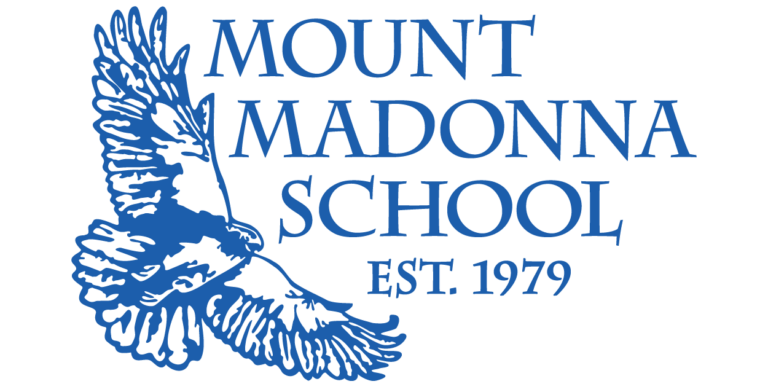 Below is an article Mary Supriya McDonald wrote in January 2013 in conjunction with the Lower School’s focus on curriculum mapping and core competencies.
Below is an article Mary Supriya McDonald wrote in January 2013 in conjunction with the Lower School’s focus on curriculum mapping and core competencies.Educating for Authentic Success
Each year the Lower School teachers focus on a subject area, sharing resources and goals for each grade level. This ongoing curriculum review has been part of the MMS process of program development for many years. More recently, however, we discussed what the ‘core competencies’ of an MMS education look like. What will our Lower School students be able to do by their fifth grade year as a result of their education at MMS? What are our common goals for students that will successfully carry them into the next phase of their learning journeys?
Instead of our usual conversation of bottom-up planning (a discussion of skills that then produce this larger ability), we started at the top and worked backwards. Both ways can get one to the same goal, but the focus here is on developing a much larger competency, that will translate across the curriculum and grades.
The Six Core Competencies we delineated are:
REFLECTION
Understanding who we are and how we think/feel as a result of our experiences
SOCIAL/EMOTIONAL INTELLIGENCE
Understanding others, cultivating and expressing empathy, practicing compassion by caring for ourselves and others
CRITICAL THINKING
Learning to: plan, problem-solve, compare and contrast, anticipate, predict, comprehend, infer and discriminate, and articulate how one ‘thinks about their thinking’
CREATIVITY
Developing the ability to: express oneself creatively, view the problem or process with an open perspective, apply divergent thinking, appreciate beauty, and respond to many possibilities or solutions
COLLABORATION
Learning to: work with others to produce a result, listen to others’ views, practice the art of compromise, communicate ideas, and share common goals
COMMUNICATION
Learning to express oneself: verbally, in writing, through body language, song, dance, media and art
Learning and practicing the mechanics of communicating clearly, with depth of understanding
Developing the confidence to communicate in public forums as well as smaller groups.
Our Writing Curriculum was mapped using these competencies from preschool to fifth grade. The Reading Curriculum uses the nationally recognized Common Core Standards for skill definition, infused with the central ideas that touch each subject for relevancy. The Science, Social Studies and Health Curricula are mapped by topics of study that flow from one grade to the other, based on the California State Standards and the ETR Health Curriculum map. These areas too can be translated with projects that amplify the six core competencies. The math curriculum is mapped by the Everyday Mathematics developers and has many of the Core Competencies embedded in its activities and program goals.
After engaging in such ‘heavy thinking’ for the last few years, I was pleasantly surprised to find similar core competencies being articulated by a variety of leading educational researchers and speakers. Below is my short list of reads and inspiring leaders who are coming to the same conclusions we have here at MMS, about what is truly valuable in an education, preparing our students for the 21st century challenges and opportunities.
Pat Bassett, the Past President of National Association of Independent Schools (NAIS) has written many articles, speeches and blogs about the ‘Five Cs’ of critical thinking, creativity, collaboration, communication, character and the bonus ‘Sixth C’ cosmopolitanism (cross-cultural competency).
Another great author/researcher from Stanford is Madeline Levine, PhD. Her book, Teach Your Children Well, Parenting for Authentic Success , is exceptional and relevant from the preschool years through high school. She has a section on each age level, with a focus on key developmental stages and ways parents and teachers can be guides. Her last section deals with resilience and the seven essential coping skills, which are evident in people who are happy and living ‘successful lives.’ This is the kind of book that would make for an interesting study/discussion group on parenting.
Daniel Pink’s book, A Whole New Mind , is about how ‘right-brained creativity’ is the key to prosperity in the 21st Century.
Another great resource are the many entertaining and brief TED Talks by Sir Ken Robinson on education and creativity.
And along these same lines is the book by Dr. Yong Zhao, World Class Learners: Educating Creative and Entrepreneurial Students .
As always, we thank you for choosing MMS, and for being part of the learning journeys on and off our campus.
Love,
Supriya



